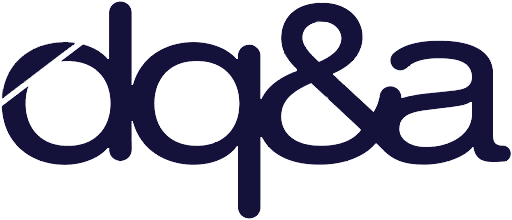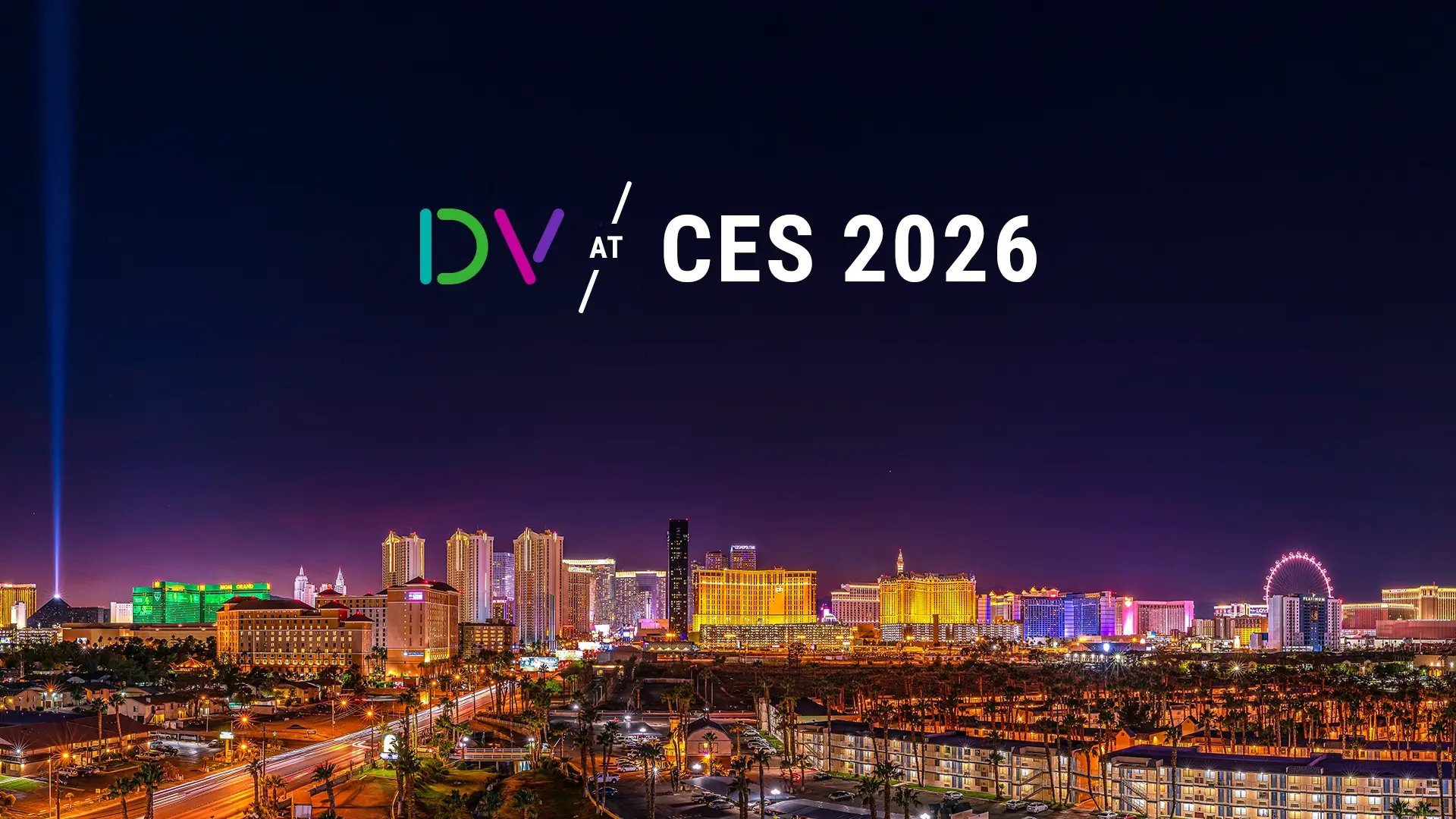Why DV
We Help Brands Succeed
DV provides the industry’s leading Media Effectiveness Platform. Utilizing trusted measurement data and dynamic AI optimization, DV maximizes campaign effectiveness and drives tangible business outcomes for advertisers wherever they run their digital media.
Superior Data
DV measures over 8.3 trillion media transactions per year, analyzing content and identifying fraud at scale across open web, commerce media networks, CTV and social media — empowering brands to reduce waste and align ad placements with campaign goals.
Dynamic Activation
DV enables brands to take action on the wealth of data we measure, identifying opportunities for improvement and scale and building custom bidding algorithms that leverage AI to dynamically adapt to a brand’s KPIs.
Tangible Outcomes
Media effectiveness is all about outcomes. That’s why DV combines attribution with MMM and incrementality tests to provide a comprehensive, calibrated understanding of performance, unifying insights across methodologies to enable smarter decision making.
Trusted by




Comprehensive Coverage Across the Digital Ecosystem
Customers & Partners
Brands & Agencies
Leverage the DV Media AdVantage Platform to drive campaign performance and effectiveness across all digital ad spend.
Marketplaces
Improve inventory quality and increase performance — building advertiser confidence and trust.
Publishers
Reduce waste, maximize yield and automate delivery based on an array of revenue and media quality tools.
Channels
Social Media
Comprehensive coverage and unique insights help drive performance across social media buys.
Streaming TV
Advanced measurement and analytics to help capture attention and engagement.
Commerce Media
Measure and maximize campaign effectiveness of commerce and retail media platforms.


See Why Top Brands
Work With Us
Given that post-bid blocking coverage is lacking when it comes to video advertising, we wanted to put in place proper protection measures across our CTV and digital video campaigns. By leveraging DV's Video Complete solution, we were able to substantially reduce non-compliant traffic, helping to improve the quality and performance of our video campaigns.
Implementing a contextual targeting strategy early makes sure we are prepared for cookie deprecation, and it lets us realize the benefits of finding our audience when they're consuming relevant content.

DoubleVerify has been key for our clients for ensuring the highest inventory quality whilst minimising ad dollar wastage. We chose DoubleVerify as we could not find any other provider that offered all the solutions we needed under one platform. We have since developed a strong relationship with the DoubleVerify team as their service and support to our account is second to none.
I appreciate DoubleVerify's stellar account management team, who respond with speed and ensured all settings went live as intended.
We've been working with DV since the early days of their publisher beta. Their viewability, IVT and brand suitability tools are well known and widely respected in the industry and we are thrilled that they've brought them to the supply side, enabling publishers like Newsweek and our global advertising partners to benefit from the very best anti-fraud tools and methodologies, the cleanest inventory and the most transparent reporting.
Working with DV has enabled overall operational efficiency—from reducing time needed to manage discrepancies by 40% to automating 80% of our monthly billing. Most recently, we partnered with DVPS Campaign Delivery to design a custom template to automate viewability reporting, which increased productivity by 15%.
Without Authentic Direct, the process for honoring advertisers' brand suitability needs is very time intensive and error prone. Despite all of our manual effort, we still experienced high block rates and wasted impressions. Authentic Direct was easy to implement, required minimal effort and delivered an immediate result.
DV Publisher Suite has been pivotal in helping to aggregate disparate systems. Integrations with our order and inventory management platforms have greatly enhanced our ability to oversee asset delivery management.
Transparency is key when it comes to building strong relationships with brands. Partnering with DoubleVerify will allow our advertisers the in-depth insight they need on invalid traffic and viewability to confidently evaluate and validate campaign effectiveness on TikTok.
.png?width=175&name=WW_BIG-1d986e25%20(1).png)
DV Rockerbox is a perfect fit for our complex marketing strategy. No other platform was able to accommodate the decentralized nature of our various markets, and yet still provide us a cohesive and clear understanding of their impact at large and on a granular level. Working with DV Rockerbox gives us the full-stack approach to marketing measurement we need to continue to scale.
Explore Our Latest Insights and Innovation

Make Your Advertising More Successful







